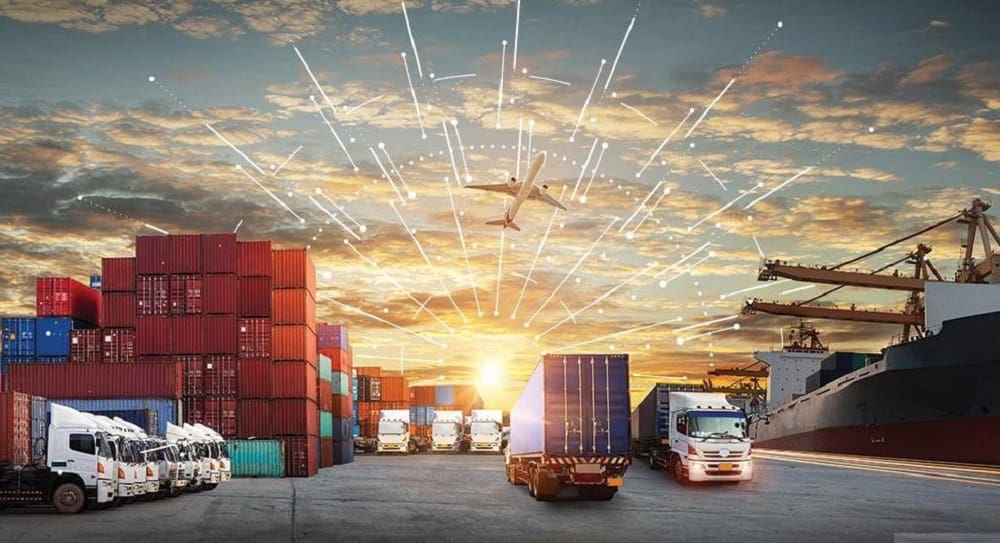In recent years, the logistics sector has seen few significant changes in tech trends, with the focus still on the Internet of Things (IoT). However, the emphasis has shifted, especially after the disruptions experienced previously, which exposed the vulnerabilities of logistics networks. These disruptions included supply chain disruptions, manufacturing site closures, shipping crises, vehicle and essential shortages, and carrier strikes. In dealing with these challenges, can enterprise IoT solutions offer a solution to the chaos in the industry?
IoT is more than just a network of smart devices; it is a concept that enables the extraction of value from vast amounts of data collected by sensors and analyzed in the cloud. Customized IoT ecosystems can be designed for specific industries and enterprises, such as using machine vision systems in vehicles to detect obstacles or integrating with a Blockchain network for increased reliability in logistics operations. This convenience makes IoT a platform that can help digitalize the industry and overcome its bottlenecks. Currently, logistics stands out as one of the sectors with the highest potential for IoT adoption due to three interconnected components.
- IoT for advanced analytics: Through AI and machine learning-powered advanced analytics, businesses can process data from various departments and compare it with global trends. This enables precise reports and predictions, allowing enterprises to better plan for price fluctuations, raw material shortages, or strikes. As the economy faces challenges like inflation and excess supply, precise planning in the supply chain becomes crucial.
2. IoT for flexible logistics: To achieve flexible supply chains, adapt logistics warehouses and transport routes without compromising throughput. The following IoT trends can help:
- Multimodal Transportation: IoT provides a holistic view of multimodal transportation, improving cargo tracking, work coordination, security, and automating paperwork. It allows companies to have alternatives when sea shipping faces delays.
- Real-Time Monitoring: Logistics companies can match demand with resources efficiently through real-time delivery data, enabling intelligent automation and quick responses to disruptions. Cloud-based IoT platforms manage freight and vehicle data in real-time, offering stakeholders access to the entire supply chain.
- Predictive Asset Management: In 2023, companies are advised to adopt ‘just in case’ logistics with strict IoT-based control to track goods’ location, quantity, and condition using RFID tags. By comparing global forecasts with internal predictions, companies can optimize inventory and maintain reserves for unforeseen situations.
3. IoT versus staff shortages: Labor shortages have long been a concern in logistics, particularly among truck drivers. IoT analytics tools can predict crises and reroute fleets, avoiding traffic jams and missed shipments. Predictive maintenance solutions help eliminate breakdowns, and IoT wearables can monitor drivers’ health during long journeys.
4. IoT for warehouses automation: The pandemic accelerated the adoption of smart-warehouse technologies, based on real-time information about the location of goods transmitted via RFID tags. Autonomous mobile robots (AMRs) optimize warehouse operations, while IoT diagnostic devices assess vehicle conditions, leading to better maintenance.
5. IoT for the green future: With a growing focus on sustainability, IoT sensors can track emissions accurately, helping companies build strategies for gradual reduction. The trend toward environmentally friendly practices is also gaining popularity among consumers.
Keeping up with IoT in logistics requires careful evaluation of business needs and the adoption of customized IoT solutions. Those who can analyze big data, including IoT sensor data, will gain a competitive advantage in the industry and be better equipped to predict logistical trends. Embracing IoT data collection, processing, and analysis will prove beneficial for logistics companies in the long run.


































